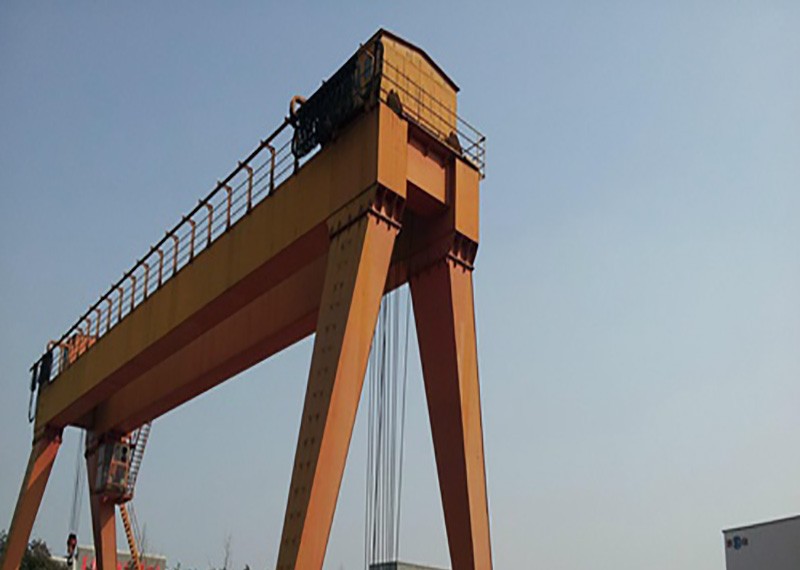
The necessity of crane wind and anti-climbing device and main classification introduction
Cranes working in the open air and running on rails are generally affected by natural wind. The wind factor was taken into consideration in the design. When the wind force is greater than the specified value, the crane stops working. When a crane in a stopped working state is hit by strong winds, it may overcome the stopping force of the service brake of the crane operating mechanism and slip. This kind of uncontrolled sliding caused the crane to cause a strong impact at the end of the track, causing the whole to tip over. The loss caused by this every year in our country is very great. Therefore, the safety regulations for hoisting machinery stipulate that cranes that work on rails in the open, such as gantry cranes, loading and unloading bridges, tower cranes and portal cranes, should be equipped with wind-proof and anti-climbing devices, that is, wind-proof rail clamps and anchor devices. Or iron shoes, etc.
In addition, overhead cranes working in open spans may have terrain winds due to environmental factors. Its duration is short, but the wind is strong enough to blow the crane to slide for a long distance, and it may crash the stop at the end of the track, causing derailment or falling. Therefore, the safety regulations for lifting machinery stipulate that bridge cranes working in open spans should also be equipped with windproof rail clamps and anchor devices or iron shoes.
There are three main types of crane wind and anti-climbing devices, namely rail clamps, anchoring devices and iron shoes. According to the different modes of action of the wind-proof device, it can be divided into two types: automatic action and flying automatic action. The automatic wind-proof device can automatically work when the crane stops running or suddenly loses power. The more advanced windproof device is equipped with an anemometer. When the wind speed exceeds the alarm wind speed value, an audible alarm signal will be issued; when the allowable working wind speed value of the crane is exceeded, the operating mechanism will be automatically powered off, and then the windproof device will enter the working state . The automatic wind-proof device is generally more complicated in structure, self-heavy, large in size, and high in cost, and is mostly used for large hoisting machinery. Non-automatic wind-proof devices are mostly manual, the mechanism is relatively simple, light weight, compact, and easy to maintain, but the operation is troublesome and cannot cope with sudden storms; and the clamping force of manual rail clamps is small, and they are mostly used on small and medium-sized cranes. For large cranes, in order to enhance the safety and reliability of the wind protection device, several wind protection devices are also used at the same time.


